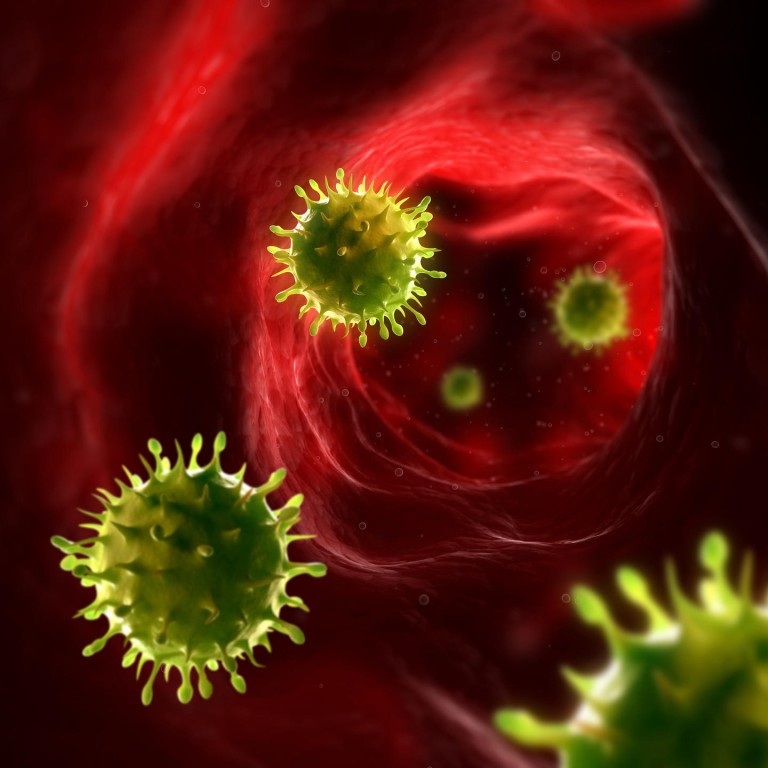
From the experts: World Sepsis Day
Sepsis is one of the most common deadly diseases; yet it is one of the least well known. Every hour, about 1,000 people die from sepsis worldwide. The disease kills more people than HIV/Aids, prostate cancer and breast cancer combined.
The diagnosis and treatment of sepsis poses a medical emergency; between a third and half of patients with sepsis die. If diagnosed and treated in the first hour following presentation with sepsis, the patient has more than an 80 per cent chance of survival. After the sixth hour, this drops to 30 per cent. It's crucially important that the early symptoms of sepsis are recognised and treatment accessed, where possible, within the first hour - the "golden hour".
Sepsis arises when the body overreacts to an infection, causing the immune system to go into overdrive and setting off a series of reactions that can lead to widespread inflammation and blood clotting. It causes an impairment of blood flow and oxygen transport to the tissues, including the vital organs. It may lead to shock, multiple organ failure and death, especially if not recognised and treated early.
There are three stages of sepsis: the first stage, caused by infections such as flu or dental abscesses, is common and doesn't usually require hospital treatment - it's possible to treat it at home with antibiotics. The second stage is considered "severe", when the functions of vital organs start to get affected. The third stage, septic shock, is when blood pressure drops to a dangerously low level, preventing vital organs from receiving enough oxygenated blood.
Despite the fact that a patient with sepsis is about five times more likely to die than a patient who has suffered a heart attack or stroke, the disease is still not recognised or afforded the same urgency as these critical care conditions. If a patient stumbled into an emergency room clutching his chest and barely able to walk, he would be treated immediately. Yet symptoms of sepsis are less widely appreciated and so present a more deadly threat.
Awareness is the number one cure for sepsis. Raising recognition of the disease and increasing the number of patients treated in the golden hour is the single biggest attempt we can make to save lives. Sepsis is still not treated as a medical emergency because many cases and deaths are misdiagnosed and attributed to underlying infections, such as pneumonia.
The signs and symptoms of sepsis include a rapid heart rate, difficulty breathing, low blood pressure, a change in behaviour (confusion, drowsiness or slurring words - patients can appear drunk), hypothermia, diarrhoea, changes in skin colour and a sore throat.
The recognition of these warning signs should not only occur among emergency room staff, but among all health care professionals who should be able to initiate treatment.
But real change in levels of awareness can only be driven from the top of the professional health care sector and policymakers.
The Global Sepsis Alliance (GSA) and its members have joined together to issue a call to action to bring the tragedy of sepsis mortality to the attention of health policymakers at a national, regional and global level. To do this, they are asking everyone to support the first World Sepsis Day, which will take place on Thursday.
However, while waiting for the policymakers to stand up and take notice, many hospitals are already committed to setting up schemes that introduce briefings on sepsis for hospital workers.
Only a global approach to tackling sepsis and reinforcing recognition at every level will drive an initiative to reduce the amount of deaths in every country.
Konrad Reinhart is the chairman of the Global Sepsis Alliance, a coalition of 250,000 intensive and critical care physicians. More than 1,000 hospitals and organisations around the world - including 13 on the mainland and one in Hong Kong (the Society of Critical Care Medicine) - will be supporting World Sepsis Day
